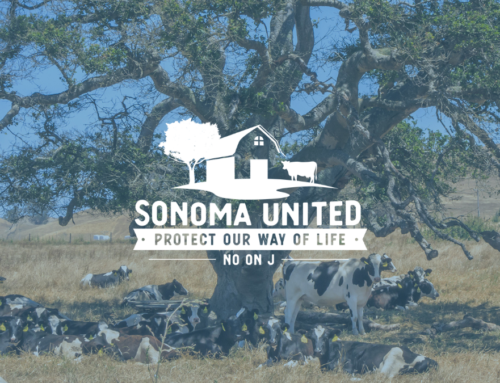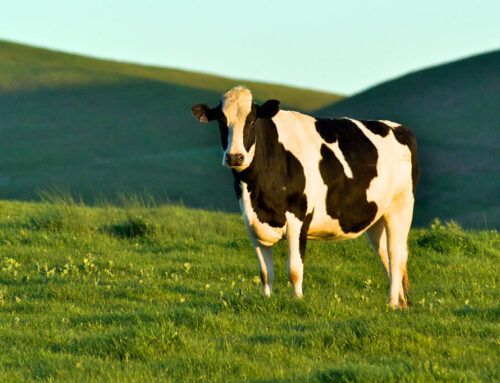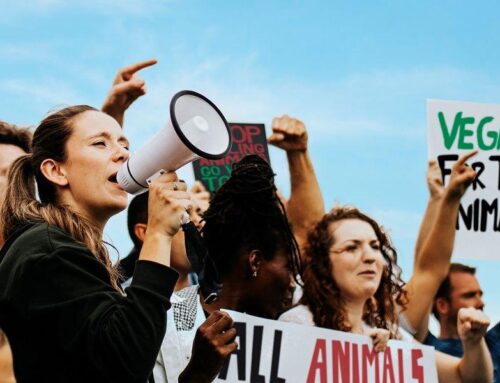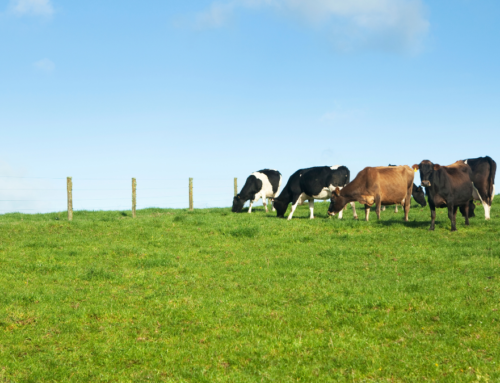EMMA MURPHY | THE PRESS DEMOCRAT
A new controversy has emerged surrounding the already-contentious ballot measure seeking to ban larger livestock and poultry farms in Sonoma County: Could the ballot language prejudice voters?
At issue are the opening words of the ballot question as written before Tuesday: “To promote animal welfare, water quality, and other goals.”
That language – reviewed by the county and the board in May – was part of the question that voters would have read on the Nov. 5 ballot.
But Tuesday, the Board of Supervisors voted 4-1 to remove that preface, which the county contends is inaccurate and violates California’s election code, which mandates neutral wording on the ballot.
“There is nothing in this ordinance that regulates or monitors animal welfare,” said Supervisor Lynda Hopkins. “It eliminates farms but it doesn’t set standards for the welfare of animals in Sonoma County, so again, the measure is not actually doing what it is purporting to do in the ballot argument.”
Representatives from the Sonoma County Farm Bureau, which staunchly opposes the measure, seeing it as an existential threat to animal agriculture in the region, threw its support behind the board’s vote Tuesday, calling the ballot question “misleading.”
Proponents, however, say the wording matched phrasing used for similar ballot measures elsewhere. They accused the board of interfering with an initiative it does not support.
“It really seems like you’re absolutely trying to push your version of the way that this measure should go,” said Liz Bortolatto, a Santa Rosa resident.
The proposal, which will appear on the ballot as Measure J, seeks to outlaw larger animal farms, including dairy and poultry facilities, and those that discharge waste into surface water in the county. Those operations are classified as “concentrated animal feeding operations,” or CAFOs.
The Coalition to End Factory Farming, a collection of animal welfare advocates, environmentalists and small producers, is leading the effort, seeking to make Sonoma County the first in the nation to ban such farms.
The number of operations that stand to be impacted by the measure if it passes is in dispute. The coalition has listed 21 farms they believe could qualify as CAFOs, but the county’s Economic Development Board has counted 11 large-scale and 14 medium-scale operations that could be impacted.
The initiative qualified for the ballot in March after proponents collected enough voter signatures to meet the required threshold. In May, the board voted to place the measure on the ballot, a move it legally was obligated to make, County Counsel Robert Pittman stressed Tuesday.
“Your board lacks the authority to remove Measure J from the ballot at this point, nor could you have prevented it from going on the ballot,” Pittman said.
At that same May meeting the board also voted to submit a letter of opposition to accompany the measure on the ballot.
County counsel staff flagged Measure J’s wording not long after the board’s vote in May, Chief Deputy County Counsel Josh Myers told The Press Democrat Tuesday. He said county staff regularly review language but there is no formal process for looking at the wording of every ballot measure.
The lag confounded Measure J supporters.
The County Counsel’s Office had written the ballot language in question after reviewing the initial wording submitted by the proponents in early May.
“When we receive the proposed language from the proponents of the measure, we independently craft the proposed ballot question language for the Board of Supervisors to consider,” Myers wrote in an email to The Press Democrat Wednesday.
The initial language submitted by Measure J supporters read “To prevent animal cruelty, protect public health, reduce water use and pollution, reduce greenhouse gas emissions, and support small-scale farmers,” according to emails shared by Cassie King, a member of the group.
One of the Measure J supporters, Curtis, who gave only his first name during public comment, reminded the board that the County Counsel’s Office had already reviewed the language in May.
He called the board’s county’s intervention “election fraud” and threatened a lawsuit.
Any lawsuit disputing the ballot measure language would be filed in Sonoma County Superior Court, Deva Proto, the county’s registrar of voters, said in an interview after the board’s meeting.
Proto said lawsuits are filed over ballot measures “every once in awhile” but noted that those suits are often over accompanying arguments and not the wording of the question itself. She said she was “not aware” of the board previously taking a vote to remove wording from a ballot question.
Supervisor Chris Coursey was the lone no-vote against removing the original preface citing animal welfare and water quality.
Though staunchly opposed to the measure itself Coursey questioned whether the board should edit the question’s wording.
That type of ballot language “routinely” appears on other measures, he said, adding that he could not recall the board “ever having an argument about this type of language.”
“We don’t argue about it on measures we support anyway,” Coursey said.
“I understand the board opposes this and I’m part of that opposition but disallowing this language in this particular forum seems to me to be a form of us putting our thumb on the scale in a way that can only be described as heavy handed,” Coursey said.
Multiple CAFO ban supporters pointed to wording in the recently passed Measure H, which established a new half-cent tax for local fire services, and the Measure I, a quarter-cent tax to support child care and child health services that will also be on the November ballot.
Measure H’s wording read, “To improve and enhance local fire prevention, protection, emergency paramedic services and disaster response throughout Sonoma County” and Measure I’s wording reads, “To improve the health and well-being of Sonoma County children.”
“I don’t know how ‘To improve animal welfare and water conditions is any different than this,” Curtis said, after reading those other measures aloud. “This makes absolutely no sense.”
But Hopkins, Rabbitt and Supervisor James Gore were quick to refute that argument and accused CAFO ban proponents of using the ban and water quality concerns to mask their broader aim, ending large-scale animal agriculture.
“The difference is that Measure H told the truth and Measure J is attempting to tell a disputable opinion,” Hopkins said, later adding “we need to live in a world based on facts and attempting to pull the wool over voters eyes is wildly inappropriate when you’re asking a question on the ballot.”
Rabbitt contended that ballot question as written skewed the scales and called the coalition’s arguments “disingenuous.”
“I think that’s why this strikes people as so horribly wrong on so many levels,” Rabbitt said. “Because you know, I’d have more respect if you were truly, really worried about water quality alone, but that’s never been the case.”
As of Tuesday 11 measures had been filed with the Sonoma County Registrar of Voters for the Nov. 5 ballot. Of those two are countywide, one is regional across the Bay Area, six apply to school districts, one is specific to Windsor and the other is heading to Healdsburg voters.





